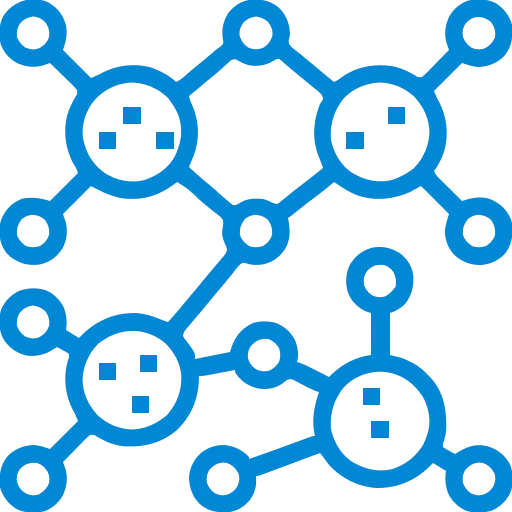Designing in Context – A Perspective from Ancient India
WRITTEN BY
In supermarkets across the world, vegetables and other organic produce is most often wrapped in plastic film.
This is such a common occurrence that most of us rarely stop to think about it. Even those of us who are vaguely aware of some sort of negative impact of plastics on the environment seem to accept the status quo of plastic-wrapped vegetables. It is one of those things, we agree, that should be solved, preferably by someone else. I remember the short-lived thrill of excitement on hearing about supermarkets in Thailand and Vietnam ditching plastics and using banana leaves to wrap vegetables. It popped up on my Facebook feed, I received a brief burst of satisfaction, and moved on with my life, temporarily in an elevated mood.
Remember your last attempt to reach the customer service of a large corporation over the phone? Say your Internet Service, Credit Card, or Phone Service provider? “For billing, press 1. For balance … To dispute a charge, press 463…” or “All our customer care executives are currently busy serving other customers. Your call is important to us. Please hold or call again later.” If you are exceedingly lucky, you may even reach a customer service person. But how lucky would you need to be for the service representative to not follow a script, but instead actually listen to your query, think over it, and quickly provide a response that satisfies you completely?
Your trusty old car is seeing its final days. You’re thinking of buying a state-of-the-art model. “Better fuel efficiency,” you think, “More safety features. Hmm. And that reduced 0-60 time wouldn’t be bad either.” What if you have the choice between a proven electric hybrid car and just another gas guzzler. Would you at least pause to think about the former?
What is actually going on here? Three seemingly disparate examples, but do they have something in common? Each product/service has a context – an ecosystem. An ecosystem comprising of many parts, like the customer, profit, environment, etc.
The product/service has a relationship with each part. In a philosophical sense, that relationship could be one of “friction” or “peace”. Friction encompasses the negative relationships between the product/service and the various parts of the ecosystem it exists in. Peace encompasses the opposite. [Not peace as in ‘world peace’ but in the sense of ‘Shanti’ in Sanskrit – that inner calm of mind, body, and spirit.] Plastics introduce a relationship of friction with the environment, banana leaves promise peace. Tortuously delayed (or outright horrible) customer service leads to friction in the customer experience. Prompt and satisfying service causes peace. Humans have an instinctive predilection for peace. Within our scope of awareness, we have a notional hierarchy of concerns such as cost, reliability, safety, performance, uniqueness, (self)worth, etc. As consumers, we want peace for each concern; in practice, we settle for an overall sense of peace conveyed by an unarticulated, often unanalyzed, mixture of concerns. As companies, we are more focused. We make our peace with profits. An overall sense of peace in the customers is rarely the end in itself; it is a means towards profits. Companies often gladly accept the minimum amount of customer peace that maximizes profit.
For design thinkers, this notion of friction and peace forms a framework to create a product or service. In essence: What is the extent of friction or peace that the product/service has with each part of its ecosystem? This can be assessed systematically and the literature is rife with methods for specific focus areas, for example, life-cycle analysis (LCA) or cradle-to-grave analysis for assessment of environmental impact, which is one important part of any product’s ecosystem. As designers, we have an imperative to maximize the peace across each part of the ecosystem. Not only does this cater to the instinctive human desire for peace in everything, but it’s also necessary to pass on a healthy planet to our future generations.
The ancient world understood this well. As designers of the self, of society, and ultimately, the world, the notion of ever-flowing, ever-pervading peace is described in Vedic literature.
Om. May peace radiate in the whole sky as well as in the vast ethereal space everywhere.
May peace reign all over this earth, in water and in all herbs, trees and creepers.
May peace flow over the whole universe. May peace be in the Whole Universe.
And may there always exist in all peace and peace alone.
Om peace, peace and peace to us and all beings!
— Yajurveda 36:17 — (Translation by Swami Abhedananda, Ramakrishna Vedanta Math, India)
With modern technological advances, it is now more feasible than ever to design products and services that will maximize peace with each part of their ecosystem. The abstract concepts have been propounded for eons. Can we make them a part of our everyday reality?
– Kalyani Khodke For Design Mantrai (4th November 2019)

Win by Design: Reimagining the Future Workspace
“Design thinking is not a linear path. It’s a big mass of looping back to different places in the process.”–David Kelley, Founder of IDEO…

















































